- Written By Team DWS
- Festivals
- September 18, 2024
The History of Halloween: From Ancient Traditions to Modern Festivities
Halloween, celebrated on October 31st, is a time for costumes, trick-or-treating, ghost stories, and all things spooky. Its origins, however, are rooted in ancient traditions that span centuries and cultures. Understanding the history of Halloween provides insight into how this beloved holiday has evolved over time.
Ancient Origins
The history of Halloween can be traced back to the Celtic festival of Samhain (pronounced "sow-in"), which marked the end of the harvest season and the onset of winter. Celebrated by the ancient Celts in what is now Ireland, the festival took place from sunset on October 31 to sunset on November 1. The Celts held that during this period, the veil separating the realms of the living and the dead thinned, granting spirits the opportunity to roam the earth.
To honor and appease these wandering spirits, the Celts would light bonfires and offer sacrifices, sometimes even involving the sacrifice of animals. They donned costumes, often made from animal skins and heads, to ward off these spirits or to mimic them, believing that doing so would keep them safe from harm.
-dws638624060512109017.jpg)
Roman Influence
With the Roman conquest of Celtic territories around 43 AD, two Roman festivals were incorporated into the celebration of Samhain. The first was Feralia, a day in late October when the Romans honored the deceased. The second was Pomona, a festival celebrating the harvest goddess, who is often associated with apples. The merging of these celebrations contributed to some of the traditions we associate with Halloween today, including the practice of bobbing for apples.
The Spread of Christianity
As the influence of Christianity expanded throughout Europe, the church aimed to supplant pagan traditions with Christian observances. In the 8th century, Pope Gregory III proclaimed November 1st as All Saints' Day, a celebration dedicated to commemorating saints and martyrs. The evening before, known as All Hallows’ Eve, gradually became associated with the Celtic Samhain traditions. Over time, the name morphed into "Halloween."
While the church aimed to diminish the pagan roots of the festival, many traditions persisted. People would engage in "mumming," where they dressed up in costumes and went door-to-door performing songs or poems in exchange for food, a practice that foreshadowed modern trick-or-treating.
The Emergence of Halloween in America
Halloween began to take shape in America with the arrival of Irish and Scottish immigrants in the 19th century, particularly during the Great Famine of the 1840s. Bringing with them their customs and beliefs, they celebrated Samhain in a new land. Communities began to adopt Halloween festivities, often hosting harvest parties that featured games, food, and ghost stories.
By the early 20th century, Halloween had transformed into a more community-focused holiday. The emphasis shifted from spooky rituals and ghostly encounters to playful masquerades and public festivities. Cities began organizing Halloween parades and community celebrations, making it a more inclusive holiday for people of all ages.
Halloween in the 20th Century
The commercialization of Halloween took off in the 1920s and 1930s, with the introduction of greeting cards, decorations, and costumes. However, the holiday was not without its darker side; some areas experienced a rise in vandalism and pranks, leading to a push for a more family-oriented, safe, and fun celebration.
The mid-20th century saw the establishment of trick-or-treating as a widespread tradition in America. Neighborhoods began to embrace the practice of children dressing up in costumes and going door-to-door for treats. By the 1950s, Halloween had officially transformed into a holiday centered around fun, food, and friendly festivities.
The Modern Halloween Celebration
Today, Halloween is one of the most commercially successful holidays in the United States, ranking just behind Christmas. It has expanded globally, with festive celebrations in various forms taking place in countries around the world.
Modern traditions include haunted houses, pumpkin carving, costume parties, and elaborate decorations. The spooky elements remain a staple; however, Halloween is often celebrated with a lighthearted tone, focusing on creativity and community spirit rather than ghostly fears.
-dws638622208387300307.jpg)
Halloween FAQs: Your Guide to Spooktacular Celebrations! 🎃👻
Here are some frequently asked questions (FAQs) about Halloween:
1. What is Halloween?
Halloween, celebrated on October 31st, is a holiday originating from ancient Celtic festivals. It marks the eve of All Hallows' Day (All Saints' Day) and incorporates customs like trick-or-treating, costume parties, haunted houses, and more.
2. Why do people dress up in costumes for Halloween?
Dressing up in costumes is a traditional part of Halloween that dates back to the ancient Celtic festival of Samhain, where people believed that spirits roamed the earth. Wearing costumes was thought to protect oneself from malevolent spirits and to blend in with them.
3. What is trick-or-treating?
Trick-or-treating is a popular Halloween activity where children dress in costumes and go door-to-door asking for candy and treats by saying "trick or treat!" The "trick" refers to a harmless prank they might play if treats are not given.
4. What are some traditional Halloween symbols?
Common Halloween symbols include pumpkins (particularly jack-o'-lanterns), bats, ghosts, spiders, skeletons, and witches. These symbols are often used in decorations, costumes, and festivities.
5. What are jack-o'-lanterns and how are they made?
Jack-o'-lanterns are carved pumpkins. To make one, you cut off the top of a pumpkin, scoop out the insides, and carve a face or design on the outer shell. A candle or light is usually placed inside to illuminate it.
6. Is Halloween celebrated worldwide?
While Halloween is most prominently celebrated in the United States, Canada, and parts of Europe, various cultures have similar festivals or traditions. For example, Mexico celebrates Día de los Muertos (Day of the Dead), which honors deceased loved ones.
7. Are there any safety tips for Halloween?
Yes! Some safety tips include:
- Keep costumes and accessories safe and non-flammable.
- Make sure masks and costumes fit properly to avoid tripping or obstructed vision.
- Trick-or-treat in groups or with an adult.
- Only visit well-lit homes and stay in familiar neighborhoods.
- Inspect all treats for tampering before consuming them.
8. What are some popular Halloween activities for adults?
In addition to trick-or-treating, adults often enjoy Halloween parties, haunted house attractions, pumpkin carving contests, horror movie marathons, and themed events at bars and restaurants.
9. How did Halloween influence popular culture?
Halloween has significantly influenced movies, music, literature, and art. It has become a popular theme for horror films, haunted attractions, and seasonal events, becoming a substantial part of modern culture.
10. What is the history of Halloween?
Halloween's roots trace back to ancient Celtic festivals, particularly Samhain. This was a time when people believed the boundary between the living and the dead was blurred. With the arrival of Christianity, the holiday evolved to include elements of All Saints' Day and absorbed various local traditions.
11. What are some common Halloween treats?
Common Halloween treats include candy corn, chocolate bars, gummy candies, and, of course, homemade goodies like caramel apples or popcorn balls. Many people also hand out small toys or trinkets.
12. How can I celebrate Halloween safely at home?
Safety measures for home celebrations include:
- Use battery-operated candles for jack-o'-lanterns.
- Supervise children while they carve pumpkins.
- Ensure decorations are fire-resistant.
- Have a safe space for parties, avoiding overcrowding.
Feel free to customize or expand on any of these FAQs!
Conclusion
From its roots in ancient Celtic rituals to a global celebration filled with costumes and candy, the evolution of Halloween reflects a tapestry of cultural exchanges, religious transformations, and societal changes. While many of the traditional observances have faded or morphed, the essence of Halloween as a time to confront the eerie and embrace the whimsical remains ever-present. As we don our costumes and decorate our homes, we participate in a long-standing tradition that reminds us of our connection to history, folklore, and the mysteries that continue to intrigue us. So, as you prepare for this year's festivities, take a moment to appreciate the rich history that brought us this joyous celebration of the macabre. Happy Halloween!
Popular on Blogs
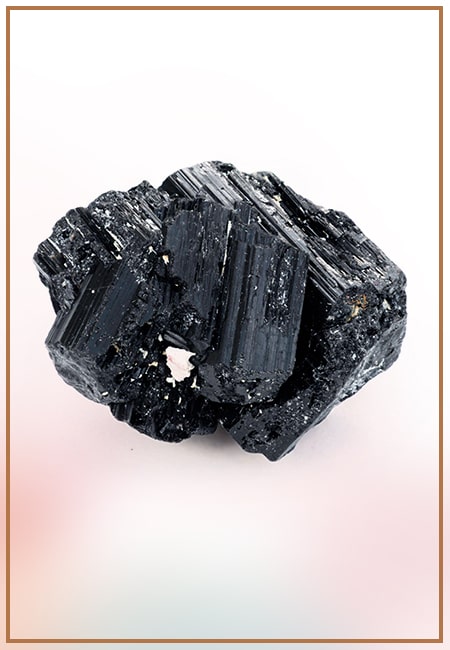
Black Tourmaline: Meaning, Healing Properties, Fascinating Facts, Powerful Attributes, Versatile Uses, and Beyond
September 05, 2023 / BY Team DWS
Black Tourmaline, also known as Schorl, is a highly revered crystal with incredible metaphysical properties. It derives its name from the Dutch word "turamali," meaning "stone with ..
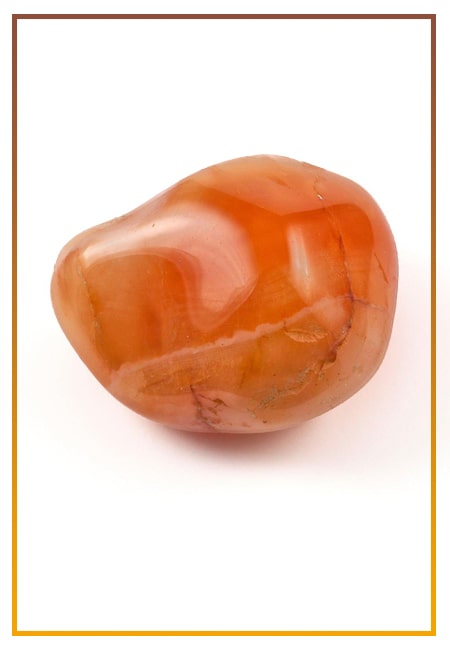
Carnelian Stone: Meaning, Healing Properties, Power, Facts, Color, Uses and More
December 26, 2023 / BY Team DWS
Carnelian is a vibrant and captivating gemstone that holds a plethora of meanings, healing properties, and powers. Its warm and fiery energy makes it a popular choice among crystal ..
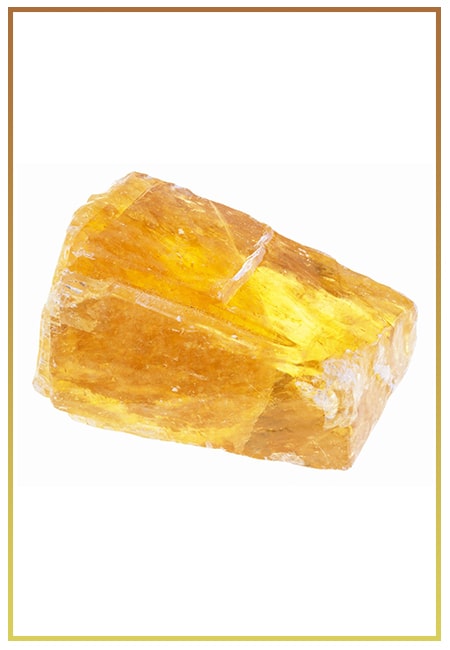
Citrine: Exploring its Meaning, Healing Properties, Fascinating Facts, Powers, Versatile Uses, and Much More
November 18, 2023 / BY Team DWS
Citrine, with its warm golden hues, has captured the attention and imagination of people for centuries. This beautiful gemstone, commonly associated with wealth and prosperity, hol ..
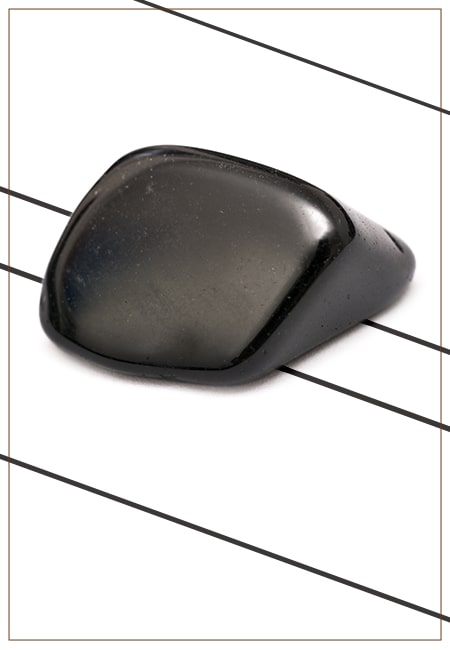
Black Onyx: Unveiling the Meaning, Healing Properties, Fascinating Facts, Powerful Attributes, Versatile Uses, and Beyond
July 25, 2023 / BY Team DWS
Black Onyx, a striking gemstone admired for its deep black hue and elegant appearance, has captivated people for centuries. In this comprehensive guide, we will delve into the mean ..

Unveiling the Mysteries of Turquoise Stone: Exploring its Meaning, Healing Properties, Power, Facts, Color, Uses, and More
December 05, 2023 / BY Team DWS
Turquoise, with its captivating blue-green hue, has been adorning jewelry and artifacts for centuries. This striking stone has a rich history, rich symbolism, and a plethora of int ..
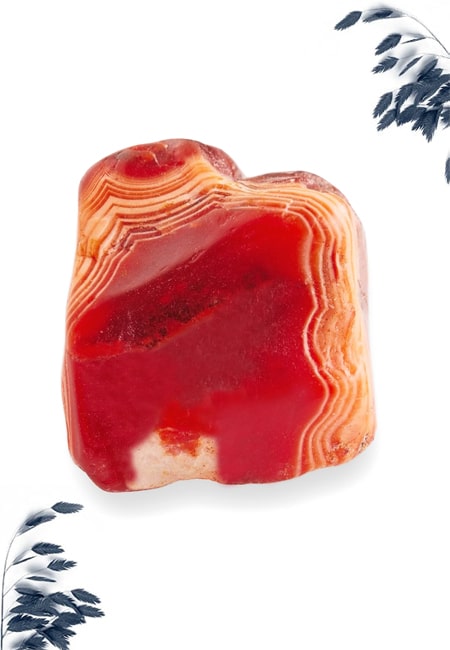
The History Behind The Popularity of Red Agate
December 23, 2022 / BY Team DWS
An Agate is a type of magma rock that takes many years till it is washed out naturally into the water. And that is the reason this stone has elements of water. This beautiful stone ..

Plan a Perfect Valentine's Week with Our Valentine Week List 2025
January 22, 2024 / BY Team DWS
Valentine's Day is undoubtedly the most romantic day of the year, but we believe that one day is just not enough to express your love and make your partner feel special. That's why ..

Bloodstone: Unveiling the Meaning, Healing Properties, Facts, Powers, Uses, and More
August 21, 2023 / BY Team DWS
Bloodstone, with its captivating deep green color with specks of red, is a mesmerizing gemstone that has fascinated civilizations for centuries. It possesses unique healing propert ..


